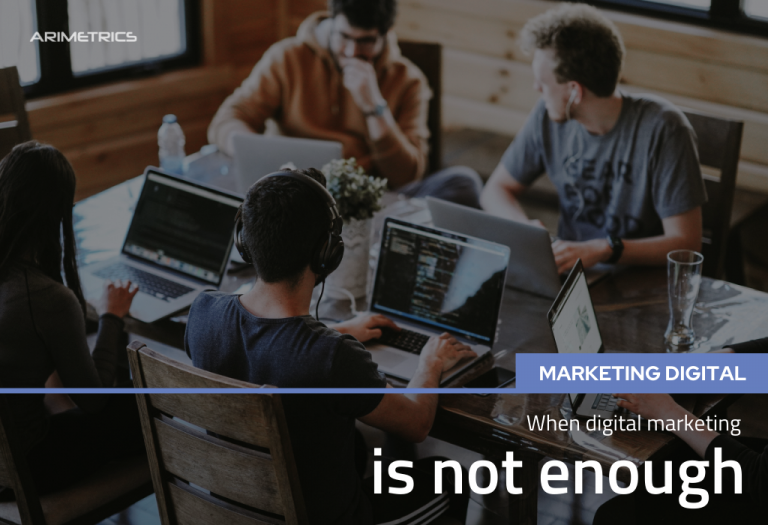Email marketing is one of those disciplines evicted over and over again by some marketing gurus. However, to this day, and thanks to the rise of mobile devices, it is still one of the most effective marketing techniques.
It is true that with the increasingly effective filters of widespread email services such as gmail has made the percentage of emails that reach the recipient much lower, but, equally if you manage to reach the user effectively, the conversion rate is significantly higher than in other channels.
Obviously, the conversion will only be high if the campaign is well done… nothing continues to reach the user if we do not get him to perform an action after reading the email.
Table of Contents
1. Fatigue: the great enemy of email marketing
One of the characteristics of email marketing is fatigue:as we do more campaigns, the conversion rate of existing users will decrease. That is why it is important that we ask ourselves if the frequency with which we make shipments is excessive or adjusted to our objectives.
Email fatigue occurs when recipients of email campaigns begin to ignore messages, delete them, or directly unsubscribe from mailing lists. This unwanted behavior of our users is the combination of two factors: sending emails too often, or sending content irrelevant to them.
This diminishing performance of marketing campaigns is difficult to avoid, even in the most optimized campaigns, but with a correct optimization policy, it is feasible to reduce that subscriber fatigue.
2. 10 keys to improve your email marketing strategy
1. Deliver quality content
Here, and in every type of online channel, content is king. If you need to save on costs, do not do so by reducing the quality of the content.
2. Do not abuse the sale
Sometimes it is better to offer the user non-promotional content, than to fatigue him by sending an excess of promotional content.
You sell a product or service, but your subscriber already knows it.
3. Help your subscriber
There’s no better way to get a potential customer’s satisfaction than to offer them content that:
- Solve your problems
- Save you money
- Entertain you
You must become part of the solution to their problems, and make them see that you can help them, and not directly by selling your product or service, but by offering them added value with your communications.
4. Measure and test constantly
Prepare at least two versions of each email, slightly varying the contents and the subject. Measure all your marketing efforts on a recurring basis
5. Know your subscribers
Follow them and develop differentiated content strategies. Analyze conversion data after each campaign. Which ones respond best to transactional messages (sales offers)? Which ones do informational messages (content articles) work best?
Cross your subscribers’ data with your sales data: are they customers? Have they bought more than once?
6. Send personalized messages
Your subscribers are already flooded with emails in which they are offered products and services that they do not need, and you need to differentiate yourself so as not to end up in their spam list or in their trash. Thanks to user segmentation you can develop content for each type of user, and thus be able to refine the message and adjust it to what your subscribers want.
7. Plan and schedule shipments
If you have a weekly or monthly newsleter, you must always send it with the same frequency (for example, first Monday of each month). Maintaining this discipline conveys an image of solvency and seriousness to your communications.
8. Update and debug your lists
A purified list of users is better than a list where the number of subscribers prevails.
9. Turn your communications into conversations
It may seem obvious, but one-way communications are doomed to failure. One of the main causes of failure in email marketing is to send purely marketing content that seems sent by a robot.
Look for two-way communications with your subscribers. Gather their opinion, and offer them channels to express it. Encourage them to communicate with you via email, Facebook, Twitter…
10. Automate
It evolves towards Marketing Automation. Email marketing is not a silo, but is part of a gear in which all other channels of communication with the customer are, and where there is always a common goal: to attract visitors to the site, create a link with them and convert them into customers.
Everything allows you to manage from start to finish all campaigns by automating processes through technological platforms, managing to handle a large number of leads that could hardly be managed manually.
3. Conclusion
In any email marketing campaign common sense must be applied, and in any case, we are all subscribed to some email list, so it should not cost us at all to put ourselves in the place of the user who will receive our campaign. If we were them, would we send the email to the trash?






